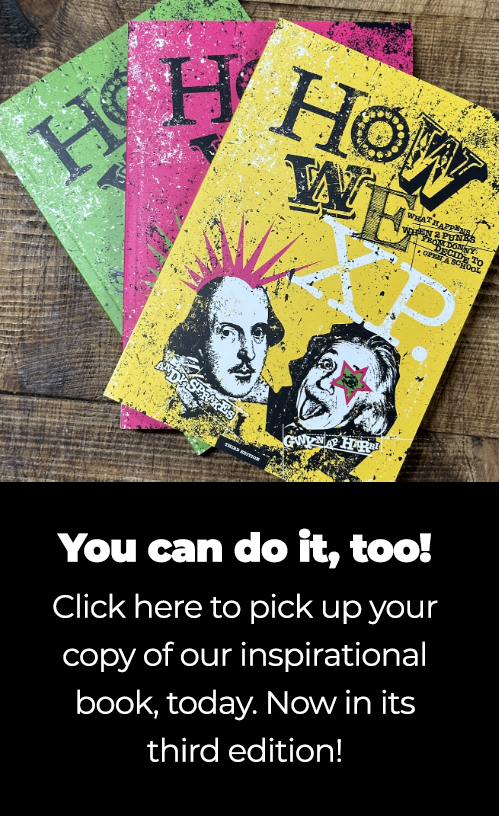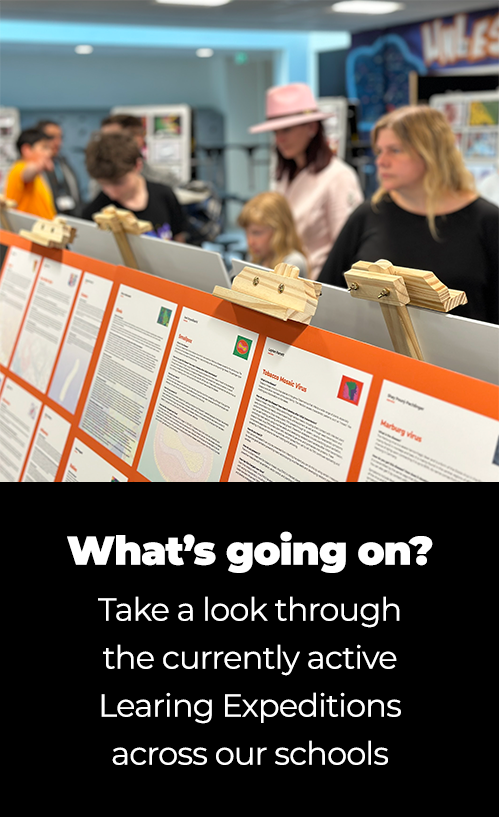GQ: Where does real power exist: in the heart, the body or the mind?
Expedition lead: Kerry Poncia
Curriculum: STEAM/HUMAN
Phase/Year group: Year 8
Delivery date: Autumn 2020
In Autumn 2020, students in Year 8 studied a joint expedition called ‘Fight the Power!’
HUMAN:
In HUMAN we focused on the power of the people, both past and present. This thematic study enabled students to gain an understanding of the development of the relationship between the citizen and the state in Britain over the course of centuries. It considered the causes, scale, nature and consequences of power to that relationship. By charting the journey from feudalism and serfdom to democracy and the pursuit of equality, it revealed how, in different periods, the state responds to challenges to its authority and their impact. For instance, key events such as the Peasants Revolt and the Suffrage movement were studied, which enabled students to articulate and understand the rights and responsibilities of British citizens.
Our final case study started where we had left off at the beginning of COVID19. We picked up the story of black Americans who had been freed from slavery, only to find their liberties taken away again by different powers who sought to continue a reign of suppression, discrimination and racism. Our story brought us to the present day where we examined the reasons behind recent social unrest, again, as is the case for the Peasants’ revolt, on the back of a worldwide pandemic. Students studied a wide variety of topics spanning war, religion, chance, government, communication, the economy, ideas of equality, democracy and representation, and the role of individuals using their power to promote or inhibit change.
STEAM (Science):
In STEAM we investigated how, since its earliest days, science has been associated with why we are the way we are. We found out how science was cast out for religion to explain why humans are the way we are and what makes us physically human.
During Case Study 1, entitled ‘What’s Inside?’, we investigated the physical makings of a human being including the skeleton and organ systems. We looked at the work of Gunther Von Hagen and how he shows the makings of the human body in a visual and interesting way. There was a focus on finding the differences (or lack of) between genders and ethnicities
In Case Study 2, ‘Passing It On’, we investigated how human reproduction and human reproductive anatomy is structured and how birth rates are affected by lifestyle factors such as smoking.
Throughout the large Case Study 3, ‘The same or different’, we further investigated specific case studies of scientific discoveries of DNA, genes and recapped cell structure and function. During the second half of this case study, we investigated how to ‘Work Scientifically’. We worked alongside the University of Sheffield where we were shown how research is conducted into DNA. We also focussed on the ‘Theory of Evolution’ as the anchor text and if we, as a human race, will ever change as a result of evolution.
In Case Study 4 ‘Looking deeper’ we started to look even further into what makes a human, beyond cells and into atoms. We studied the structure of the atom and what elements are involved inside a human body.
STEAM (Maths):
In Maths, our first case study was called Power in Numbers. During this case study we developed our understanding of multiplicative relationships by comparing the distribution of wealth across the globe. We used different representations to embed the concept of multiplicative relationships, and also to help us compare the distribution of wealth across nations, cultures, and communities.
Whilst our first case study focused upon wealth inequality across the globe, case study two, Hidden Figures, focused on gender inequality specifically. We used our understanding of representing multiplicative relationships that we developed in case study one, and we applied this working with ratios and fractions. Part of our study focused upon women in the arts, and the representation of women on screen. Using ratios and fractions we gained insight into how women have consistently and systematically been denied positions of agency throughout history. We also looked wider to see how women are underrepresented in positions of power within the UK and elsewhere, and our focus upon finding a fraction of an amount and sharing quantities in ratios helped us to highlight the need for challenging the gender imbalance in modern society. Our mathematical studies helped to expose the imbalance in UK parliament and in executive roles across the nation. By using ratio to describe rates, such as exchange rates, we also explored the gender pay in the UK and abroad. However, more than this, our understanding of exchange rates worked in conjunction with our worldwide study of inequality in case study one to highlight how women across the globe are affected by wealth inequality.
Moving into case study three, Fight For Your Right, our focus shifted towards the inequality faced in Doncaster today, and how this has changed over time. We used our study of percentages and percentage increase and decrease to compare Doncaster’s cost of living and average wage to other towns and cities in the UK, whilst measuring this against the rate of inflation to determine the ‘fairness’ of these increases. This final case study also saw the culmination of our study of gender inequality, where we focused our studies of percentages and direct proportion on the gender inequality faced by women in the UK today, and how power imbalances have altered over time.
Expeditionary Arts
Art:
In art, we learned how to use oil pastels to block fill areas with bold colours as well as how to blend them to create a smooth colour transition. We looked at the artist Shepard Fairey for inspiration, using his style to help us with our own designs. We used what we learnt about these techniques we learned to then develop a piece of artwork based on the theme of power.
Music:
In music we looked at Reggae music and the political / protest meanings behind this genre. We focused on ‘Three Little Birds’ – Bob Marley to access this style of music. We then moved onto listening, performing and composing lyrics to the song ‘Get Up, Stand Up’ – Bob Marley. This work fed into the final product – video montage.
Final Product
Our Final Product was a video created by students as a visual response to the guiding question. The montage included students presenting personal lyrics encapsulating their thoughts about power, protest artwork and images of students protesting their views.
In addition to this, students set up a crowdfunding page to raise money for a plaque to commemorate Doncaster’s Suffrage Movement. This was placed in Sir Nigel Gresley Square in central Doncaster alongside an information board showing work completed by students.
Learning Targets
HUMAN
LT1: I can evaluate the causes and consequences of the Peasants Revolt.
LT2: I can analyse historical source material and make a judgement about the interpretation presented.
LT3: I can adapt tone, style and register for form, purpose and audience
LT4: I can use vocabulary and sentence structures for clarity, purpose and effect, with accurate spelling and punctuation.
STEAM
LT5: I can explain the structure and function of the human skeleton
LT6: I can explain how the human digestive system and circulatory system works
LT7: I can explain the function and anatomy of the human reproductive system
LT8: I can explain how variation can help species survive
LT9: I can explain how inherited genes affect individual difference
LT10: I can represent multiplicative relationships in a number of ways and connect and move between those different representations to highlight wealth inequality across the globe.
LT11: I can use fractions and ratios as an example of a multiplicative relationship to explore gender inequality.
ART
LT12: I can use oil pastels accurately in a controlled way to block-fill and blend.
LT13: I can select colours from a source image
LT14: I can select appropriate media to create my own piece of artwork that represents the theme of power
MUSIC
LT15: I can perform a Reggae song with understanding of a clear message (Music).
LT16: I can express my personal views through the media of song (Music).LT17: I can portray a powerful message through physical movement and video (Music).


